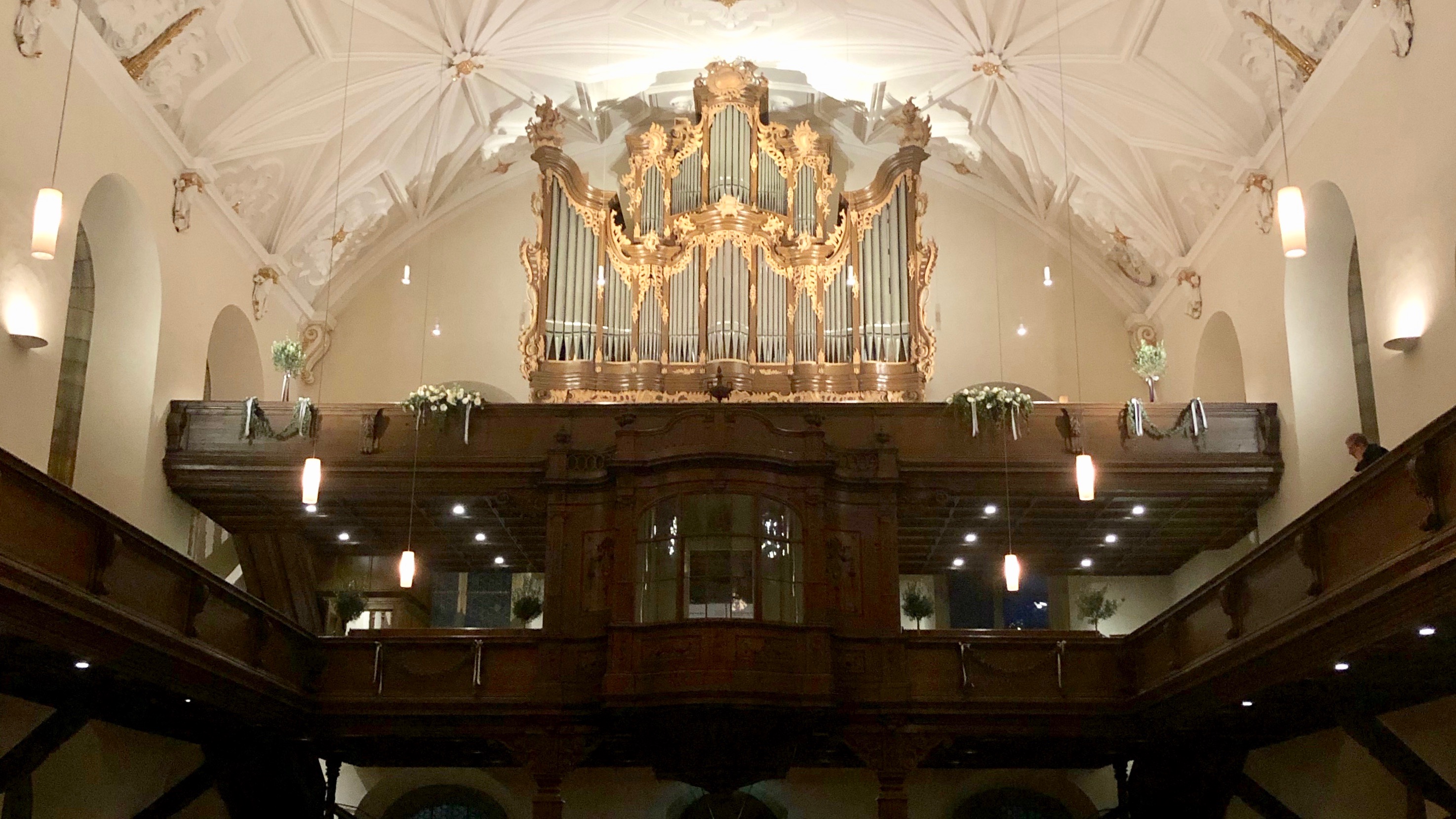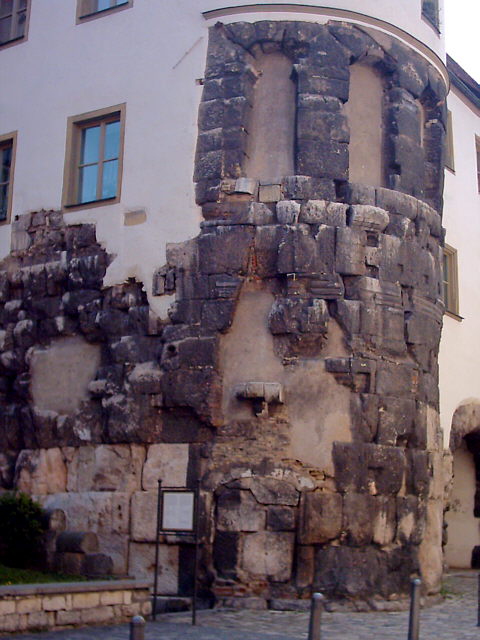|
Franz Jakob Späth
Franz Jakob Späth (or Spath; – 23 July 1786) was a German keyboard instrument builder. He was born and died in Regensburg, where he worked for most of his life. An organ builder by training, he is known, along with his son-in-law Christoph Friedrich Schmahl, as the most prominent builder of tangent pianos. Life Franz Jakob Späth was the son of the organ builder . He was likely trained in organ building by his father. He took charge of his father's workshop in 1747. In the same year, he married Johanna Rosina Schessinger. The couple had seven children, three of whom survived childhood. In 1751, he presented a tangent piano to the Elector of Bonn. Instead of striking the strings with a pivoted hammer, they are struck with non-pivoting, vertical hammers called tangents. Ernst Ludwig Gerber reported that the instrument had 30 tone variations, which increased to 50 in 1770. The piano builder Johann Andreas Stein apprenticed with Späth from 1749 to 1750. Stein's claviorgan of ... [...More Info...] [...Related Items...] OR: [Wikipedia] [Google] [Baidu] |
Regensburg
Regensburg (historically known in English as Ratisbon) is a city in eastern Bavaria, at the confluence of the rivers Danube, Naab and Regen (river), Regen, Danube's northernmost point. It is the capital of the Upper Palatinate subregion of the state. With more than 150,000 inhabitants, Regensburg is the List of cities in Bavaria by population, fourth-largest city in the State of Bavaria after Munich, Nuremberg and Augsburg and the eighth-largest of all List of cities and towns on the river Danube, cities on the river Danube. From its foundation as an imperial Roman river fort, the city has been the political, economic and cultural centre of the surrounding region. Later, under the rule of the Holy Roman Empire, it housed the Perpetual Diet of Regensburg. The medieval centre of the city was made a UNESCO World Heritage Site in 2006 because of its well-preserved architecture, being the biggest medieval city site north of the Alps, and the city's historical importance for assembli ... [...More Info...] [...Related Items...] OR: [Wikipedia] [Google] [Baidu] |

